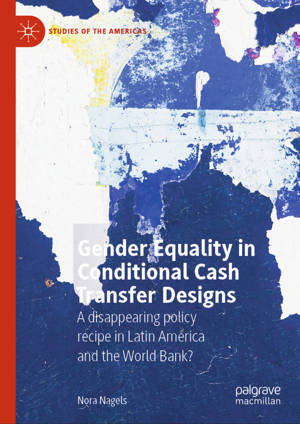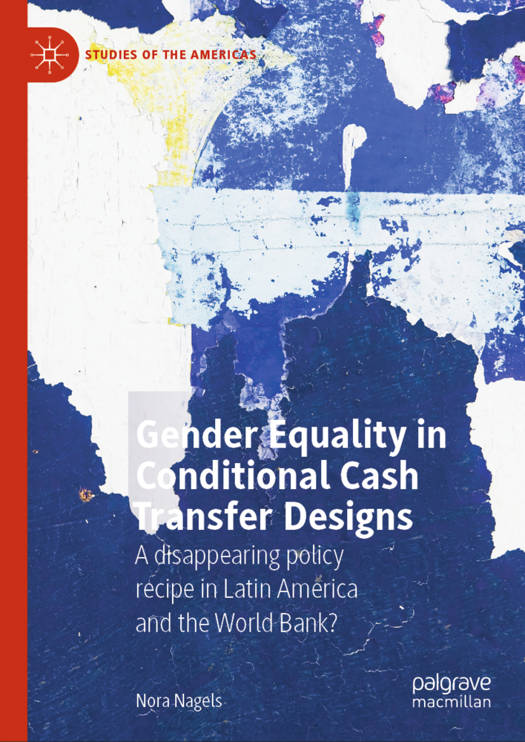
- Afhalen na 1 uur in een winkel met voorraad
- Gratis thuislevering in België vanaf € 30
- Ruim aanbod met 7 miljoen producten
- Afhalen na 1 uur in een winkel met voorraad
- Gratis thuislevering in België vanaf € 30
- Ruim aanbod met 7 miljoen producten
Gender Equality in Conditional Cash Transfer Designs
A Disappearing Policy Recipe in Latin America and the World Bank?
Nora NagelsOmschrijving
Few aspects of social policy have been more controversial than the effects of Conditional Cash Transfers (CCTs) on gender relations and policy outcomes on gender relations are linked to policy designs. Development and social policy communities have recognized gender equality as a cornerstone of development and social progress. Nonetheless, designing policy to integrate gender equality goals into social policies is rendered that much more complicated as and when these policies travel. In Mexico in 1997, the first CCT, Progresa, looked quite different than CCTs look today. Embedded in the design was Affirmative Action geared toward girls, as was a clearly enunciated concern about the program's effects on female empowerment. For the 2005 Peruvian CCT, Juntos, the story was very different. Its design did not include any gender equality goals and it reproduced long-standing social policy legacies of gendered exclusions. Therefore, this book is about the alteration of Conditional Cash Transfer designs in relation to gender equality goals as they have made their way through Latin America as well as through the World Bank. This book aims to account for "the fading goal of gender equality" (Jenson 2015) across time as part of this regional trajectory. In short, it tracks the how and the why of this trajectory in relation to gender equality goals.
Specificaties
Betrokkenen
- Auteur(s):
- Uitgeverij:
Inhoud
- Aantal bladzijden:
- 213
- Taal:
- Engels
- Reeks:
Eigenschappen
- Productcode (EAN):
- 9783031608704
- Verschijningsdatum:
- 30/08/2024
- Uitvoering:
- Hardcover
- Formaat:
- Genaaid
- Afmetingen:
- 157 mm x 212 mm
- Gewicht:
- 408 g

Alleen bij Standaard Boekhandel
Beoordelingen
We publiceren alleen reviews die voldoen aan de voorwaarden voor reviews. Bekijk onze voorwaarden voor reviews.











